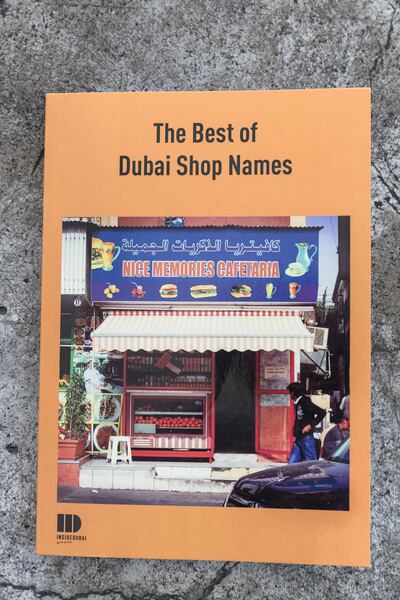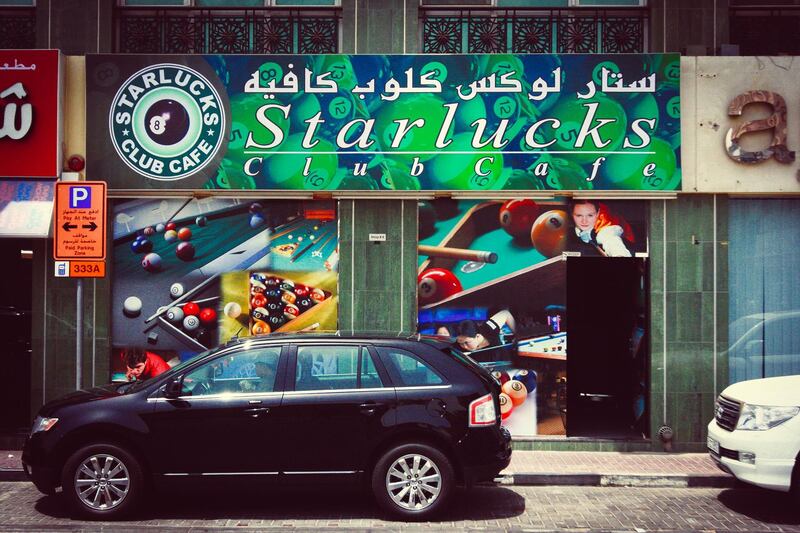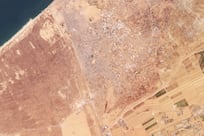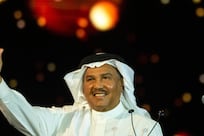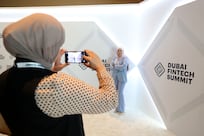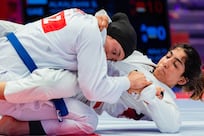Step into a bookstore in any major city worldwide, and more often than not, a section of its shelves will be dedicated to the tomes created by local artists and photographers as an ode to their home. Consider them alternative takes on a city, if you will; a glimpse into everyday life through the eyes of an insider. Every major city, that is, except for Dubai, says Jalal Abuthina – the self-taught photographer and founder of photography publishing house Inside Dubai.
“There are plenty of the official style coffee table books about Dubai’s highlights and Dubai as a tourist destination, and plenty of marketing spiels about investments, about the beaches and shopping malls and the biggest and the tallest, all the highlights, but nothing about the fabrics of society,” says Abuthina. “I didn’t feel that certain aspects of Dubai were represented at all in the photography books about the city.”
The photographer who is half-Irish and half-Libyan but has been a resident of Dubai for more than 20 years, took it upon himself to remedy the situation.
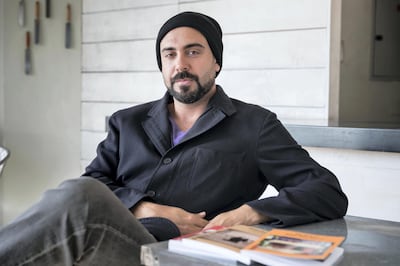
While he doesn't discount the growth of the emirate or the tourist additions to the city – Dubai Safari Park and Dubai Frame – he felt sifting through more than 4,000 images he had taken over 13 years, while walking the streets of old Dubai were worthy of sharing. The result was a trilogy of photography books – Dubai: Behind the Scenes, Memories of Satwa, and The Best of Dubai Shop Names – all self-published under Inside Dubai and described by Abuthina as a "labour of love".
The books provide a photographic journey through the older districts and neighbourhoods of Dubai, providing a deeper understanding of the city and insight into a Dubai that not too many know about.
“The books present a different frequency to Dubai and life in the older areas of the city, like Deira and Satwa and Bur Dubai and Karama, through the medium of photography,” he explains.
Abuthina’s weekend walks around Deira, Satwa, Shindagha and Karama, with only his camera as his companion, were his way of “breaking away from the commercial grind”.
His photos show a humble side to a city that has become synonymous with incredible architecture and tourist hot spots. Instead, he provides a glimpse into one of the world’s most ethnically diverse communities, where people of all nationalities converge, still dress in their home country’s national attire, living their lives side by side.
The best Dubai shop names

“There is so much life and vibrancy in these older neighbourhoods, but so much humour as well,” says Abuthina. “I wanted to convey that.”
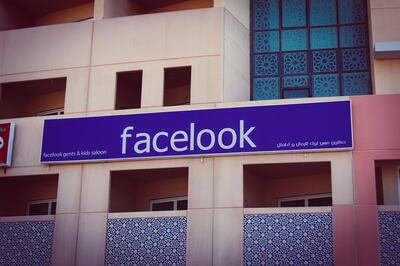
In the more lighthearted of the three books, The Best of Dubai Shop Names offers a collection of photographs of shop signs in Satwa and Deira. From the misspelt to the mistranslated, the signs are a quirkier side of the city and a perfect example of what can easily happen somewhere as multicultural and diverse as Dubai, where dozens of languages converge and dozens of nationalities are behind small businesses that have been there for decades.
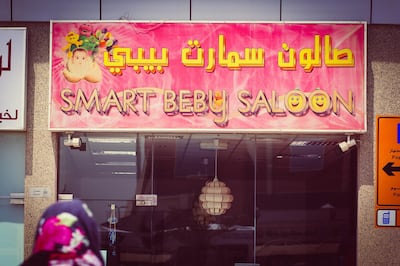
Dozens of signs feature the faces of celebrities, like Ludacris or Alicia Keys. Clean-cut images of blond-haired, blue-eyed Nick Carter, member of boy band Backstreet Boys, is a favourite among barbershops and gentlemen’s salons.
“If a sign made me laugh, I photographed it,” said Abuthina. “It was a fun, lighthearted project that I wanted to share with others; we all like to laugh, and we should all learn to laugh at ourselves. These signs show how much can be lost in translation. Arabic in particular is a very difficult language to interpret accurately, so the result can be very funny. Then there are all the hilarious typos.”
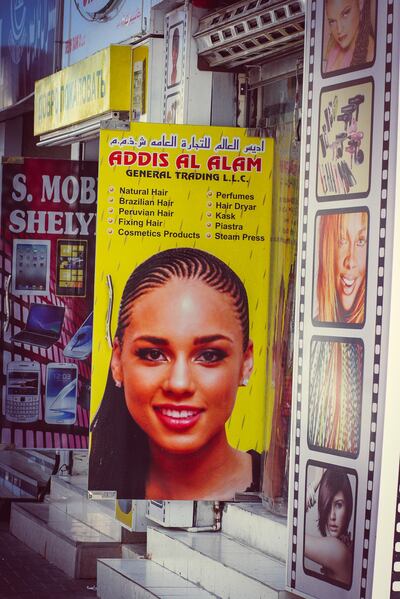
The collection is its own subsection of pop culture, maintains Abuthina, especially among those who have lived in Dubai. “These are the kind of images you’d share with a friend, or share on Facebook. Everyone can relate. Other Arab expats have these same store signs back in their home countries.”
The idea behind the collection is not to poke fun, notes Abuthina, but instead to show that Dubai has its own nuances and sources of humour.
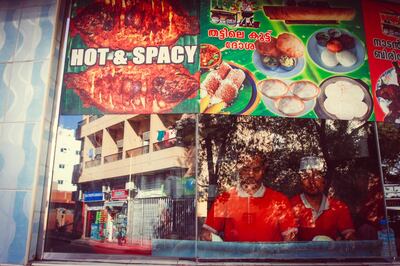
There are several signs for a “Happy Restaurant”, and a lot of “Nice” stores too: “Nice Trading”, “Nice Lighting” and “Nice Shoes”, to name a few. You can dine at the “New Publik Cook” or the “Eat and Drink Restaurant”. You can shop at “Good News Fashion” or “Arab Dreem for Ready Made Garments”. If anything, the book might entice tourists and residents alike to head to Dubai’s older areas and hunt for their own shop signs to photograph and share.
“Why not, if it makes you smile and appreciate the diversity of the city,” says Abuthina.
Dubai also a place of 'mundane interactions' not just lavish buildings
Yasser Elsheshtawy, founder of the Urban Research Lab at the UAE University in Al Ain, says: “It’s just another side of Dubai. Cities in the region are misrepresented, since the focus on spectacular and lavish buildings which lends itself to stereotyping.”
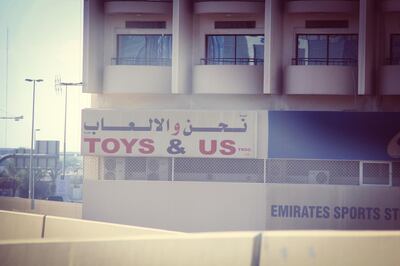
Elsheshtawy was at the university as professor of architecture and urban studies, and was the curator for the UAE Pavilion at the 15th Venice Architecture Biennale in 2016. He is now a visiting scholar at the Arab Gulf States Institute in Washington, DC before he takes up his appointment as adjunct professor of architecture, planning and conservation at Columbia University in New York.
“Dubai is a city like any other in the word, a place of daily encounters, mundane interactions and spontaneous events. These spaces evoke a much more humane city, a city where people create a home of sorts, even if it is only temporary,” he says.
Elsheshtawy contributed the forewords to two of Abuthina's books – Dubai: Behind the Scenes and Memories of Satwa.
“All cities possess both a front and a backstage,” he wrote. “The front is how it chooses to present itself. It is where all the spectacular architecture is present and how the city is branded and marketed.”
In Dubai, those areas are well known: the high rises of Sheikh Zayed Road, the newly branded “Downtown” surrounding the Burj Khalifa, the man-made “lakes” in Dubai Marina and JLT, and the reconstruction of the old in Al Bastakiya district (Al Fahidi Historical District) or the labyrinthes of Madinat Jumeirah.
“Yet going behind this front and delving into the city’s backstage” – as Abuthina has done – “a different picture emerges; a place that is vibrant and alive, forming an integral part of the everyday. A real city, a place that is deeply rooted in history, accumulating layers of memory.”
Writing the foreword to Abuthina’s books was a no-brainer for Elsheshtawy.
“The subject resonated with my own interest and research – looking at the city’s hidden places away from the spectacular environment that is usually depicted in the media,” he says.
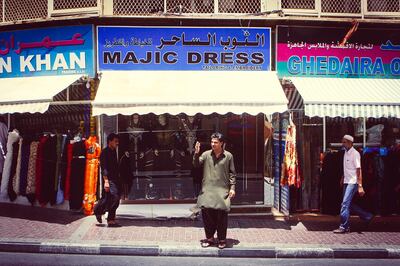
And although other artists have started to look at Dubai in a deeper way, prompted by rapid urbanisation, so that they might document and map a rapidly disappearing older cityscape – consider UAE-based, self-taught photographer Ammar Al Attar, for example – none have published a book of photographs depicting this other side of Dubai.
“There’s very little quirkiness to Dubai in mass media,” says Hind Shoufani, a Dubai-based poet, film director and producer with Palestinian roots.
“It’s always about the biggest, the boldest, the beautiful architecture, the dune bashing, the water. No one thinks about the fish shacks by the sea or the people buying rugs from stores in little alleys or the Indian night club.”
Shoufani says she has met people who have lived in Dubai for 20 years and never been to Deira. “It’s shocking and horrifying; I can’t understand how that can be the case,” she says.
Projects like the one Abuthina undertook with his books are essential, says Shoufani. “I think what he did is extremely important work; it’s ethnographic work. This is a country with a young history in the sense that the city has only begun recording its history for the past 50 or 60 years, so there needs to be a lot of organic storytelling from the people here, from the people who call this city home.”
The Best of Dubai Shop Names (Dh90) is available from www.insidedubai.ae, together with the rest of the trilogy
